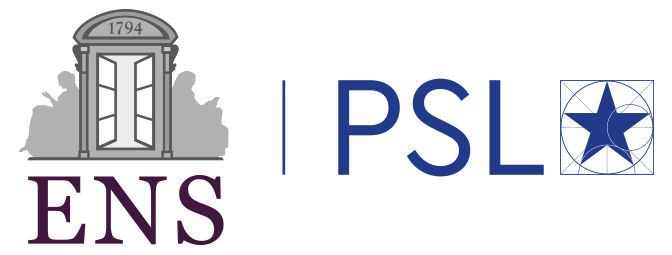Domaines
Condensed matter
Nouveaux états électroniques de la matière corrélée
Topological materials, Quantum Transport, Cavity Quantum Electrodynamics
Nanophysics, nanophotonics, 2D materials and van der Waals heterostructures,, surface physicss, new electronic states of matter
Type of internship
Théorique, numérique Description
Over the past 10 years, members of our team have shown that most 3D solid-state materials exhibit topological features in their electronic spectrum. In the simplest models, these features may be linked to well-understood, robust phases of matter such as quantum Hall states. However, real semiconductors exhibit more complicated symmetries, boundary terminations, chemistry, disorder, and electronic correlations than the tight-binding toy models frequently used to study topological states. It remains a significant and open question how to unify the current classification of topological crystalline materials with universal and industry-relevant experimental observables in longer-wavelength response theories, especially in the presence of interactions, disorder, and superconductivity (SC).
Our team has made rapid, recent advances in this direction by leveraging hidden information in the electronic spin degree of freedom in semiconductors, and by introducing new variants of symmetry group theory in interacting and SC materials. Funded by our recently awarded ERC Grant TopoRosetta, this internship will provide students an opportunity to perform theoretical and numerical investigations of the interplay of electromagnetic response, topological field theory, and group theory to unravel the classification of and best real-material platforms for topological order and SCs.
We also have opportunities for DFT calculations and experimental collaboration, see PDF for full details.
Contact
Benjamin Wieder
